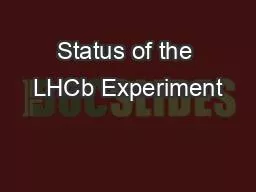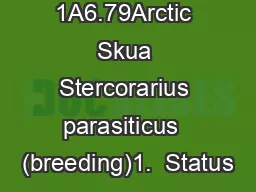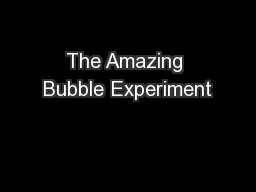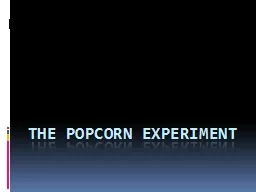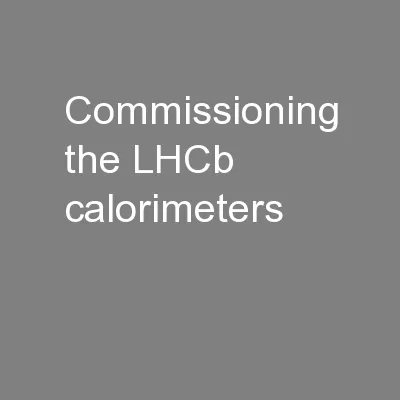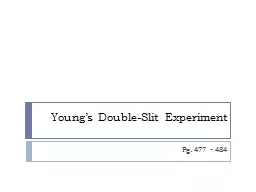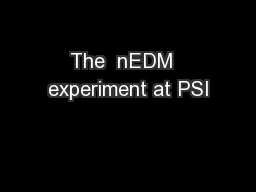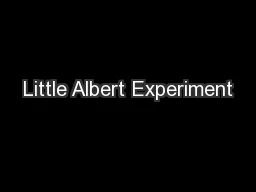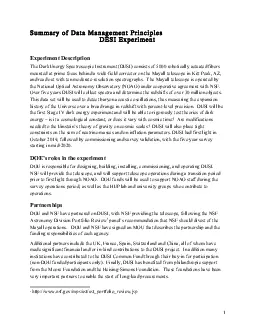PPT-Status of the LHCb Experiment
Author : undialto | Published Date : 2020-06-24
2010 0418 杨振伟 Tsinghua Group on LHCb 2010 高能物理学术年会 Outline LHCb introduction Status of LHCb Experiment Running Summary Recent Results Physics
Presentation Embed Code
Download Presentation
Download Presentation The PPT/PDF document "Status of the LHCb Experiment" is the property of its rightful owner. Permission is granted to download and print the materials on this website for personal, non-commercial use only, and to display it on your personal computer provided you do not modify the materials and that you retain all copyright notices contained in the materials. By downloading content from our website, you accept the terms of this agreement.
Status of the LHCb Experiment: Transcript
Download Rules Of Document
"Status of the LHCb Experiment"The content belongs to its owner. You may download and print it for personal use, without modification, and keep all copyright notices. By downloading, you agree to these terms.
Related Documents

